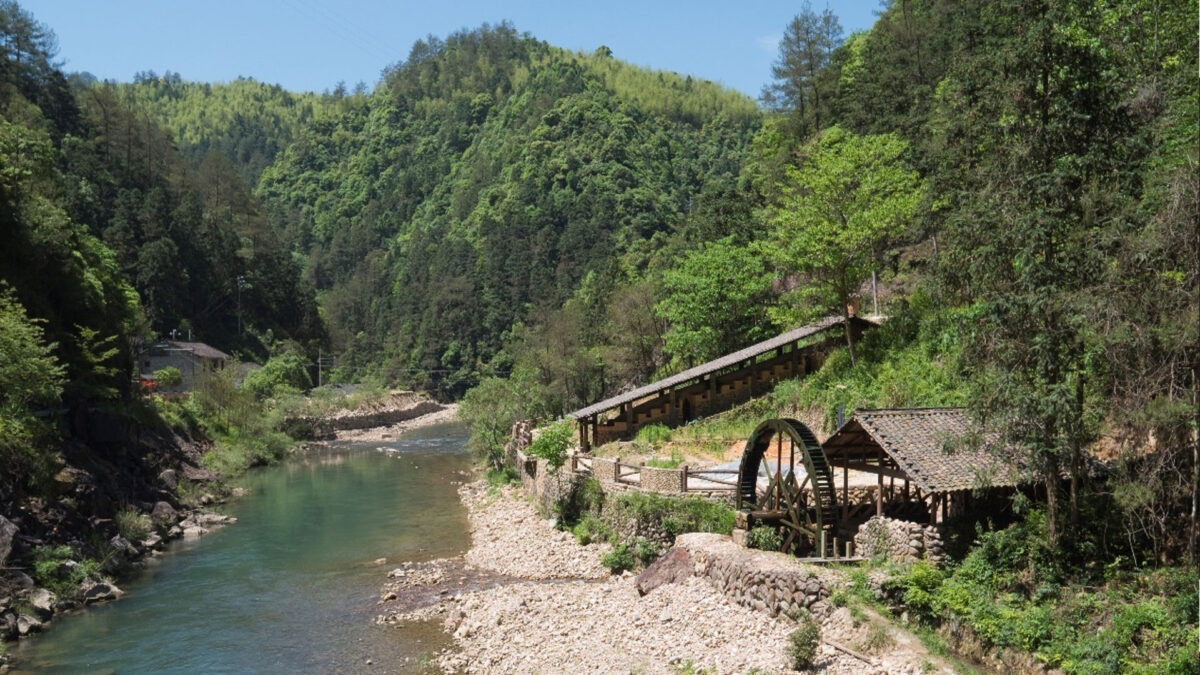Durham University archaeologists Xiaohang Song, Dr Ran Zhang and Professor Derek Kennet have recently published a new study into the complex development of the Chinese ceramic industry.
The recent research, titled ‘The Organization of Chinese Ceramic Production from the Tang to the Ming Periods: Archaeological Evidence from Ceramic Workshops,’ published in World Archaeology by Xiaohang Song, Ran Zhang, and Derek Kennet, delves into the intricate evolution of Chinese ceramic production from the Tang to the Ming periods (7th to 17th centuries). It uncovers the sophisticated organisation of labour that powered one of ancient China’s most celebrated industries.
Through an exhaustive archaeological examination of 254 workshops across 96 sites, this study sheds light on the nuanced transition toward specialised labour. It represents a quantified archaeological method focusing on the spatial organisation of workshops to understand the dynamics of labour and production. This approach not only fills a critical gap in the archaeological study of ancient Chinese ceramic industries but also offers a fresh perspective on the socio-economic underpinnings of labour specialisation based on archaeological evidence from ceramic workshops.
Growth in the Song Dynasty
The study on Chinese ceramic production from the Tang to Ming periods highlights the pivotal role of the Song dynasty in advancing labour specialisation, with a notable increase in specialised workshops to meet growing market demands and industrial growth. Despite a post-Song decline in manufacturing kiln sites due to socio-political disruptions in north China, the ceramic industry maintained productivity through strategic shifts toward centralisation and increased specialisation, particularly in regions like Jingdezhen and Longquan (see featured image).
The expansion of specialised ceramic workshops in China from the tenth century displayed distinct regional differences, with a slower adoption in north and west China compared to the more rapid development in the south. This variance is attributed to the uneven growth of the ceramic industry, heavily influenced by the economic and demographic shifts toward south China during the Song period.
Kiln types and labour specialisation
Additionally, the type of kiln used—mantou kilns in the north and larger capacity dragon kilns in the south—played a crucial role in shaping labour organisation. The larger dragon kilns required more specialised labour for efficient large-scale production, a necessity less pronounced with the smaller mantou kilns. However, the introduction of coal in northern kilns eventually led to a more centralised and efficient production area, hinting at a gradual move toward specialised labour organisation in the north as well.
This research not only advances our understanding of the Chinese ceramic industry but also sets a new precedent for archaeological studies of labour and organisation. Please follow this link for access to the full paper





